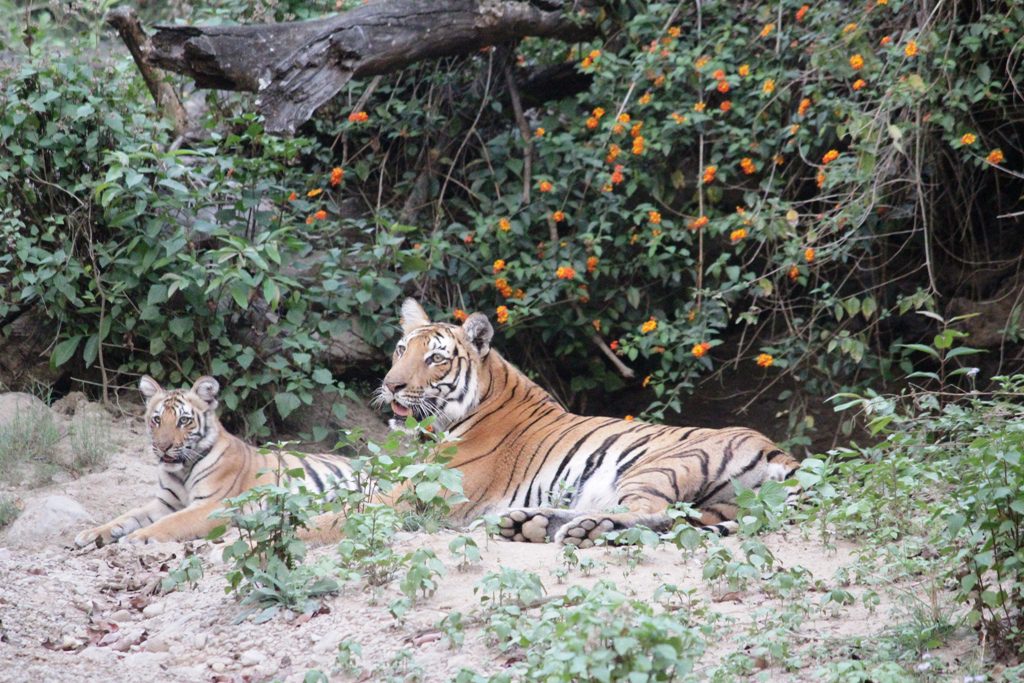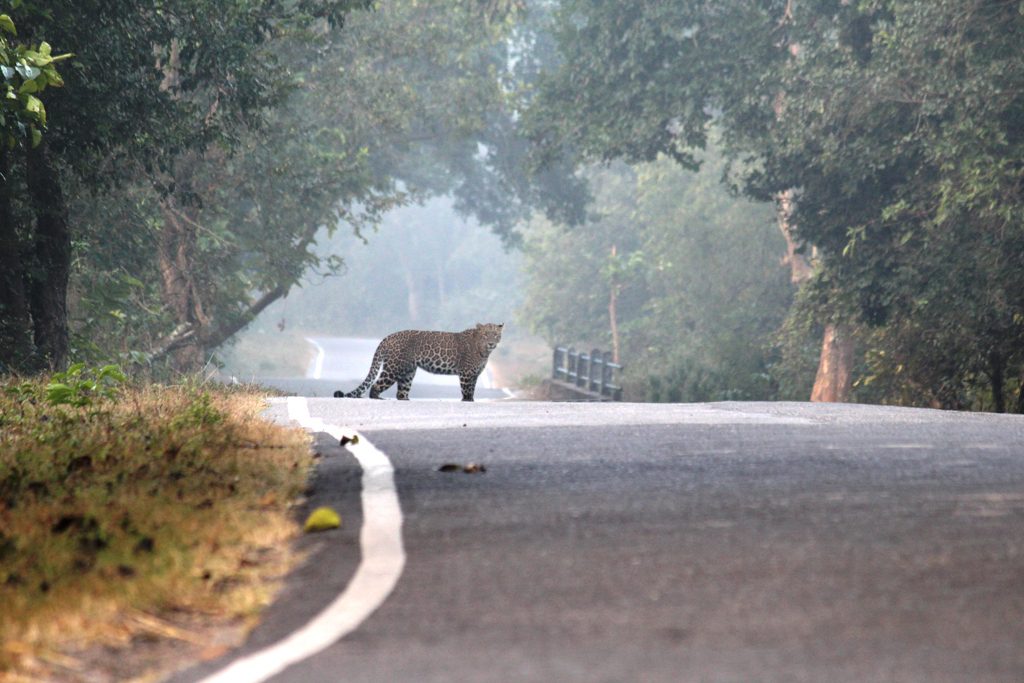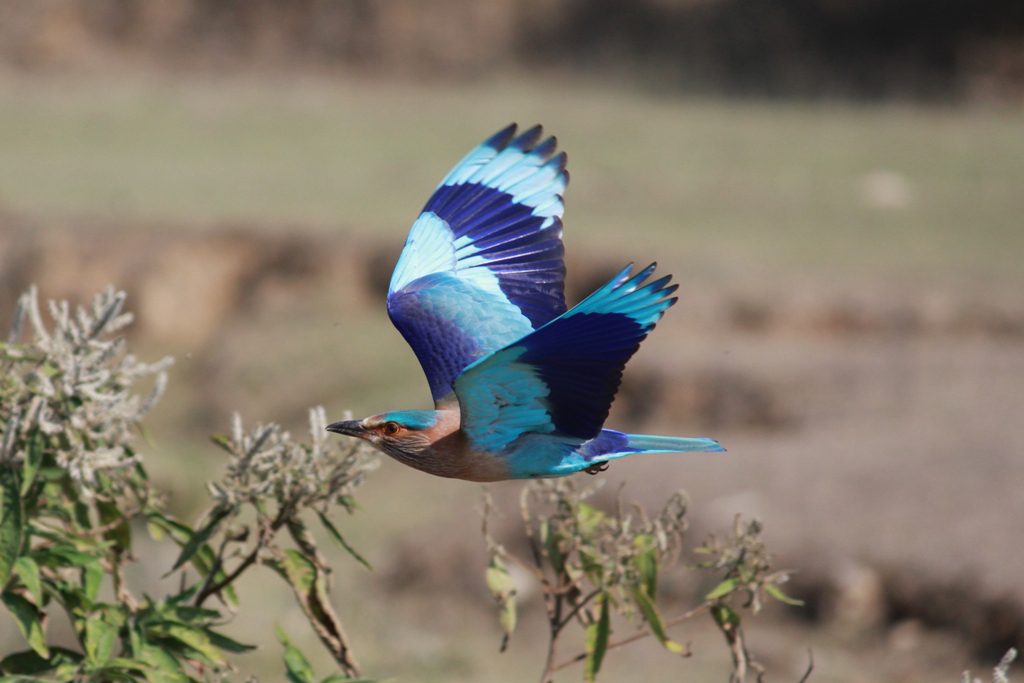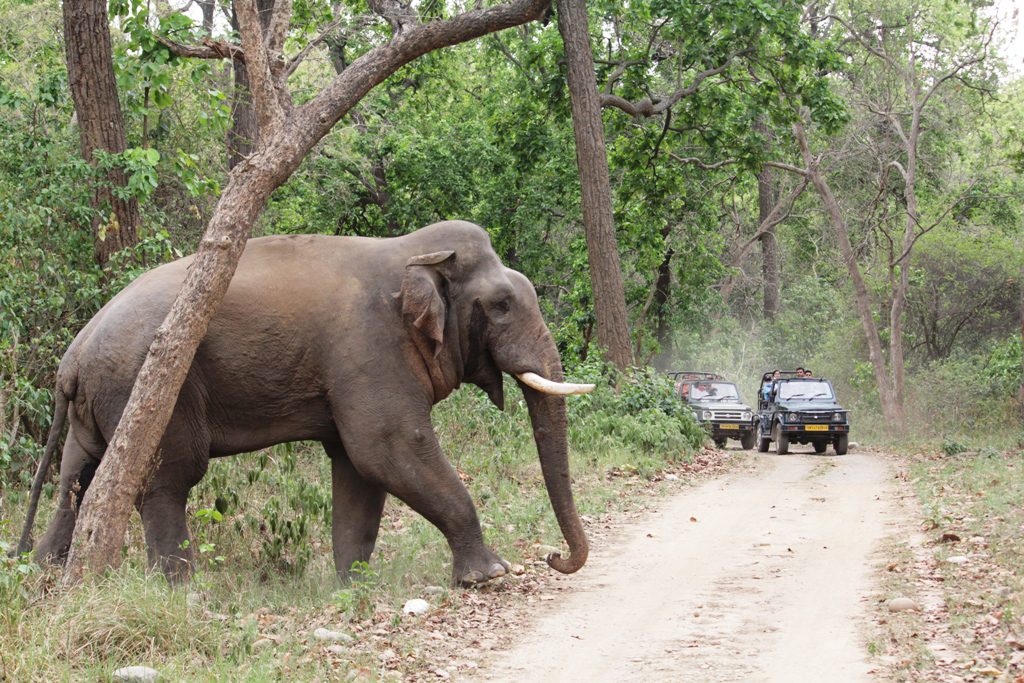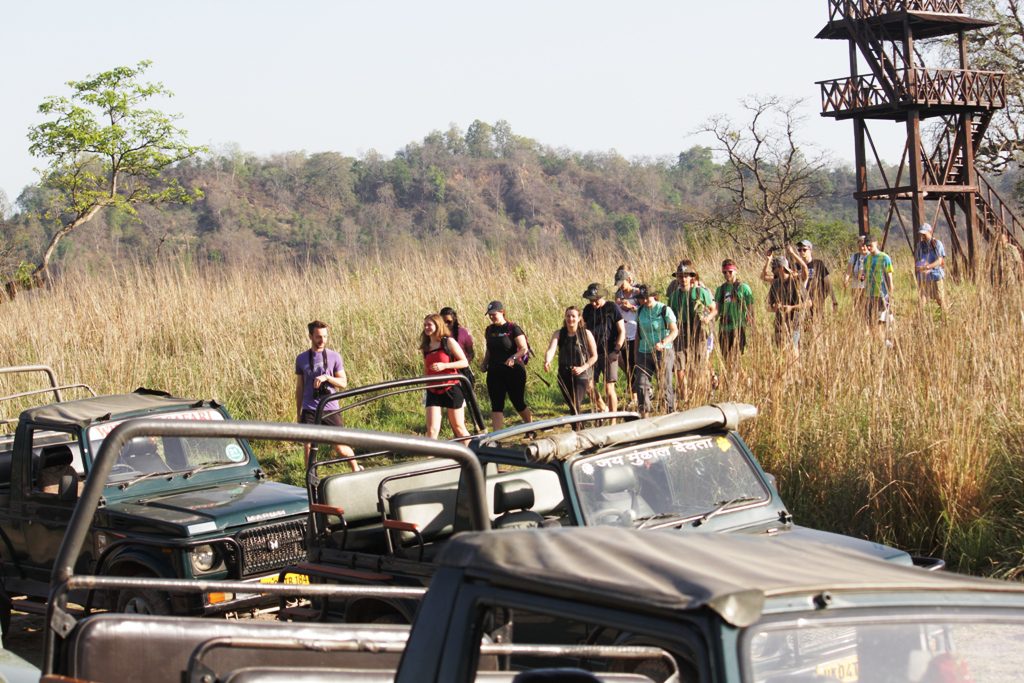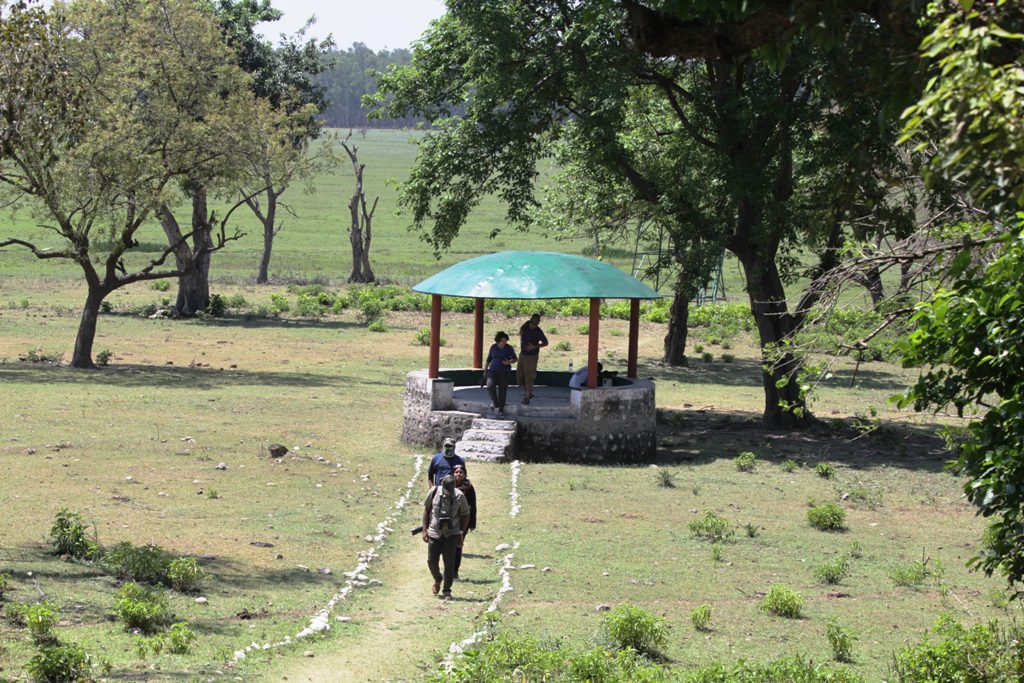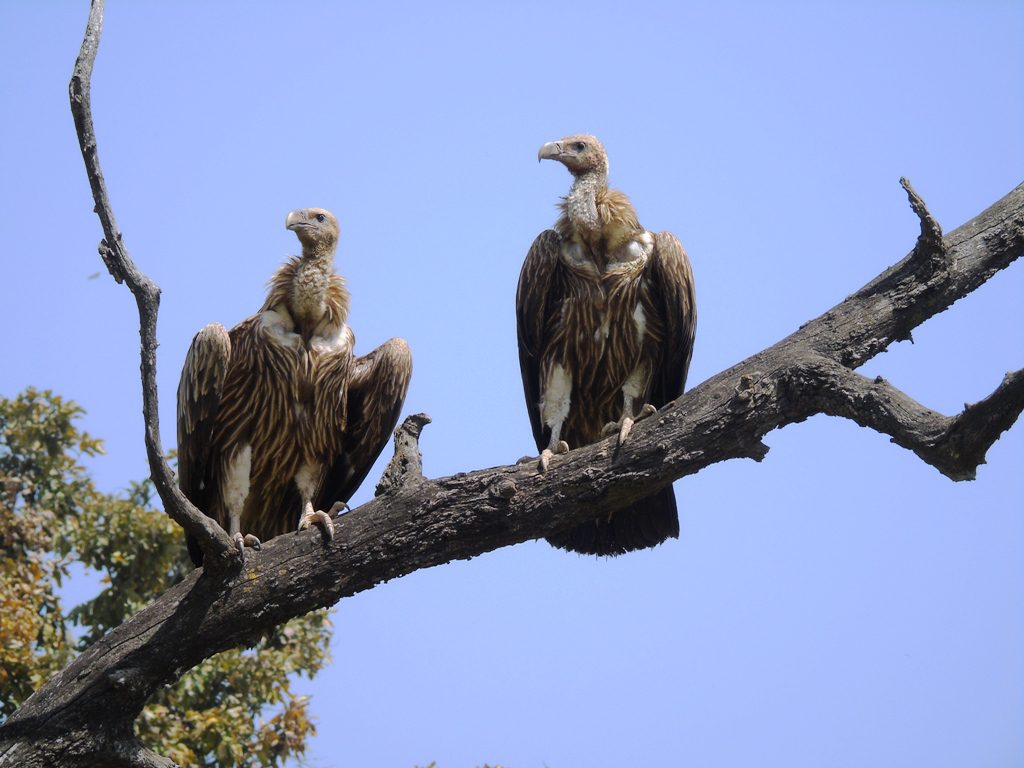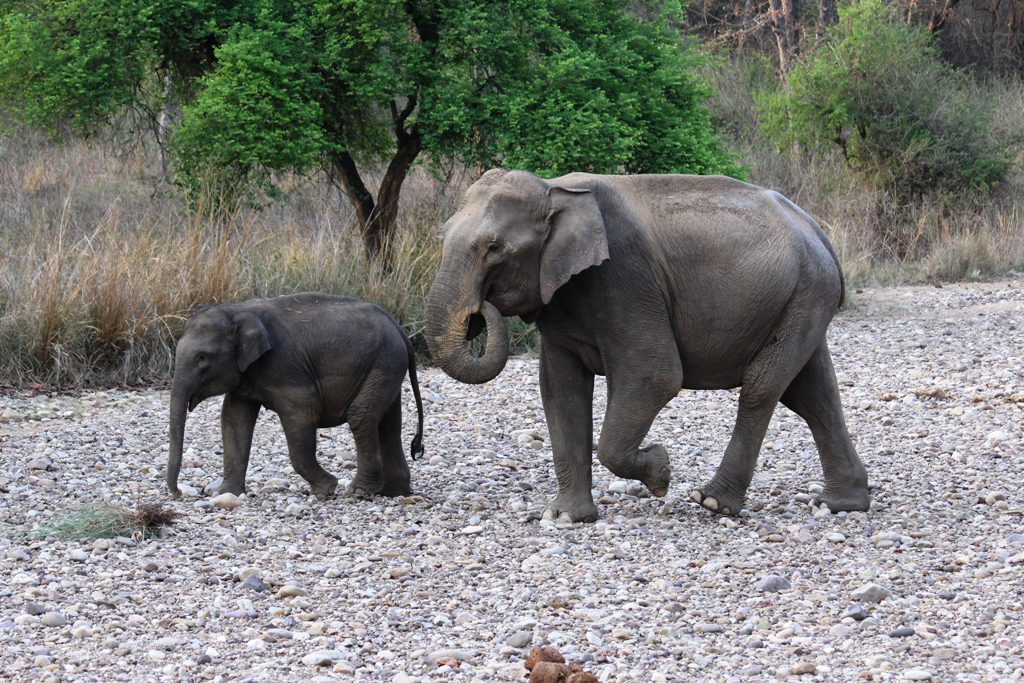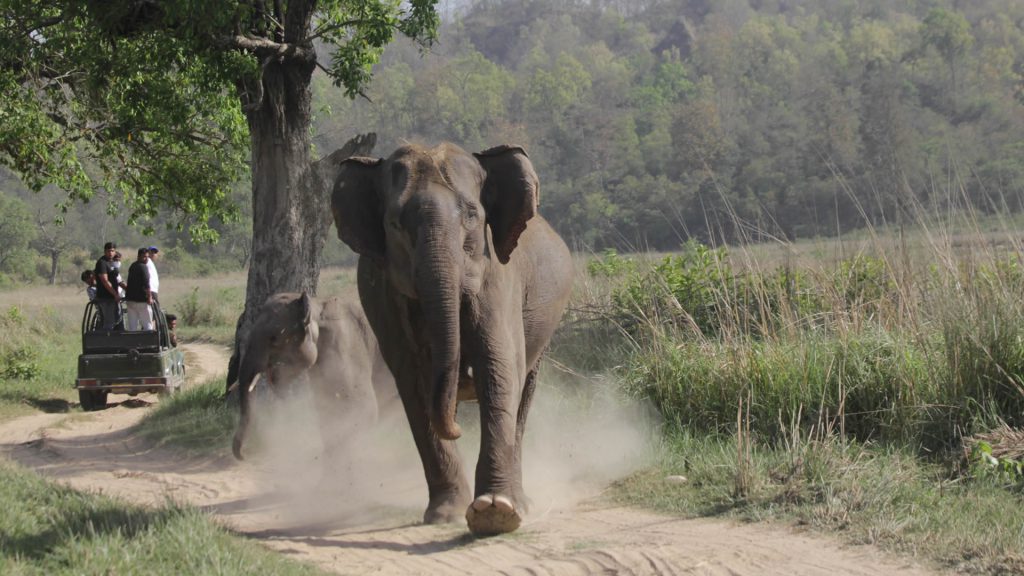
ABOUT RAJAJI
ABOUT RAJAJI
Rajaji National Park is located in the picturesque hills of the Shivalik ranges and is located in the Indian state of Uttarakhand where endangered species like tiger, leopard, hyena, Asian elephant are found as well as great pied hornbill, Indian pangolin and king cobra are abundant in Rajaji Tiger Reserve. Conservation value. It forms an important part of the Terai-Arc landscape (7500 km) between the Yamuna River in the north-west and the Sharda River in the south-east. It is also an important unit of Shivalik Elephant Sanctuary.
There is an interesting anecdote behind the creation of Rajaji Tiger Reserve. In 1948 C. Rajagopalachari also known as Mootharignar Rajaji, the Indian Governor General who had come to Dehradun, was invited for a hunting expedition in the Shooting Block of the then Dehradun Forest Division.
Seeing the pristine forest full of wildlife, the Governor General refused to hunt and instead suggested that the area be set aside to protect the forest and wildlife. This eventually led to the creation of the Rajaji Wildlife Sanctuary. His full name was Mr. Chakravarti Rajagopalachari, affectionately known as ‘Rajaji’.
On 12 August 1983, Rajaji Wildlife Sanctuary was given the status of a National Park with an area of 820.42 km. With the amalgamation of Chilla and Motichoor Wildlife Sanctuaries with some forest areas of West Dehradun. East Dehradun, Shivalik and Lansdowne Forest Division. The national park was upgraded to a tiger reserve area of 1075.17 sq km in 2015. The Ganges River divides the Tiger Reserve into two parts as it flows through the park for about 25 km.
Situated close to the Shivalik mountain range of the Himalayas, Rajaji National Park is a major national park in India spread over an area of 820 square kilometers rich in wildlife and botanical wealth. Rajaji National Park is spread over the forest areas of three major districts of Uttarakhand namely Dehradun, Pauri Garhwal and Haridwar.
Rajaji National Park was created in 1983 by merging three of India’s Van Vihars, Motichur Van Vihar (1936), Rajaji Van Vihar (1948) and Chilla Van Vihar (1977). On 15 April 2015, Rajaji National Park and Kudremukh National Park in Karnataka were recognized as Tiger Reserves under Project Tiger. Rajaji National Park is the second tiger reserve of Uttarakhand after Jim Corbett.
Rajaji Tiger Reserve is named after the great freedom fighter of India, Chakravarti Rajagopalachari, the second and last Governor-General of India, and in 1954 Chakravarti Rajagopalachari was awarded the ‘Bharat Ratna’, India’s highest civilian award. has been awarded.
Chakravarti Rajagopalachari was the second citizen of the country to be awarded the ‘Bharat Ratna’, and Sarvepalli Radhakrishnan was awarded India’s first ‘Bharat Ratna’. Both these great personalities got this honor in 1954.
Rajaji National Park located in Devbhoomi Uttarakhand is a very wonderfully protected forest area spread over the plains of Shivalik mountain range of Himalayas. The holy river Ganges flowing in the middle of this national park flows over an area of about 24 km, due to which this national park is extremely dense in terms of vegetation and is a favorable natural habitat for wildlife.
The big Sal trees in these national parks provide a different beauty. Apart from the sal trees, the vegetation found near the river, large grasslands, deciduous forest areas in this national park make it a natural habitat for the wildlife living here. Apart from this, Rohini, Amaltas, Sheesham, Palash, Arjun, Kachnar, Bamboo, Semul, Chamor, Ber, Chila, Bel, Amla etc. are found in the flora here.
Rajaji National Park was declared as a Tiger Reserve on 15 April 2015 under Project Tiger of India and after that Rajaji National Park is the second Tiger Reserve of Uttarakhand. According to the Tiger Census of the year 2015-16, there are 34 tigers and 5 cubs in Rajaji Tiger Reserve, besides tigers, elephants are the major center of attraction in this Tiger Reserve.
At present, the number of elephants in this sanctuary is more than 500, if luck is good then a herd of elephants can be seen here. Apart from tigers and elephants, leopard is also the main predator of this tiger reserve, the number of leopards here is more than 200. It is also a pleasant experience to see a large flock of chital in this national park.
Rajaji National Park is the natural habitat of a variety of wildlife, including Asian elephant, tiger, leopard, wild cat, striped hyena, Indian herr, sloth bear, Himalayan black bear, king cobra, jackal, fox, goral, barking deer, sambhar Are included. Wildlife like chital, wild boar, rhesus macaque, monkey, Indian langur, porcupine, monitor lizard and python can be easily seen.
The dense forests here also provide an equally conducive environment for the birds, as the Rajaji National Park is full of mammal wildlife. More than 315 native and exotic species of birds are found in the national park. The main birds found in Rajaji National Park include species like Vulture, Woodpecker, Kingfisher, Pheasant, Pea Chicken, Barbet etc. The species is found here throughout the year.
Bird species found in the park include Crested Kingfisher, Asian Paradise Flycatcher, Great Pied Hornbill, Oriental Pied Hornbill, Spotted Fourquettail, Greater Racket-tailed Drongo, Lesser Racket-tailed Drongo, Pied Kingfisher, Crimson Sunbird and Fire-tailed Sunbird .

